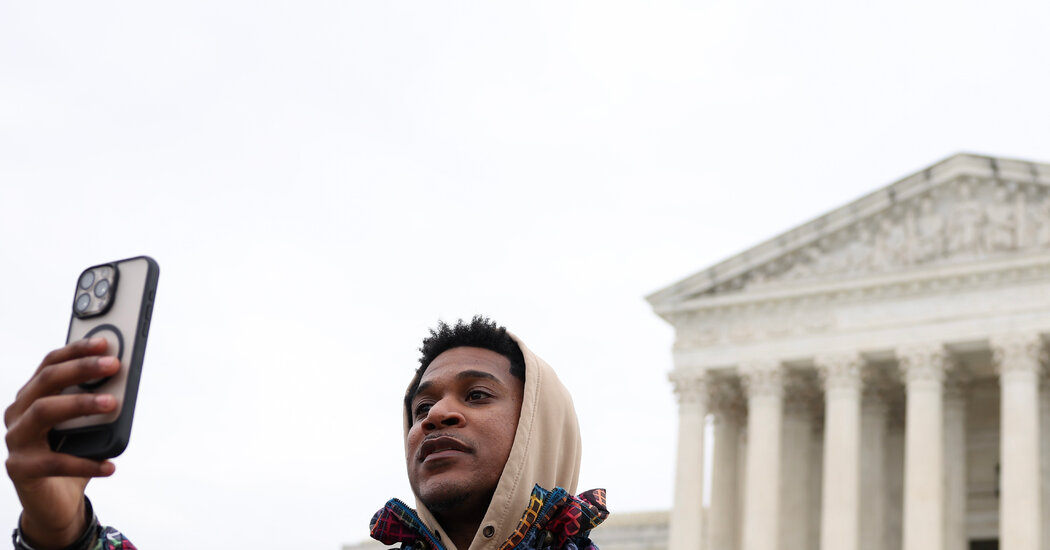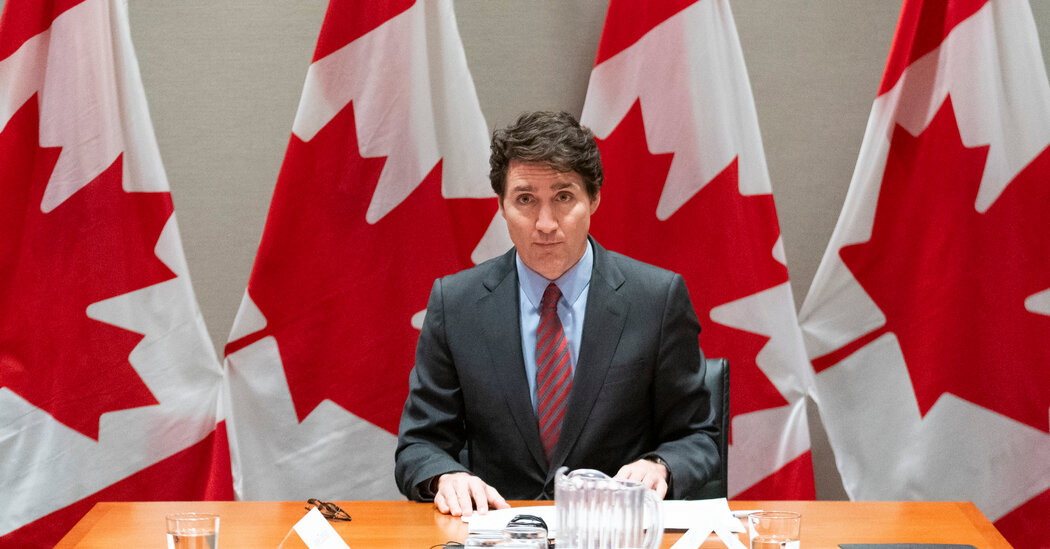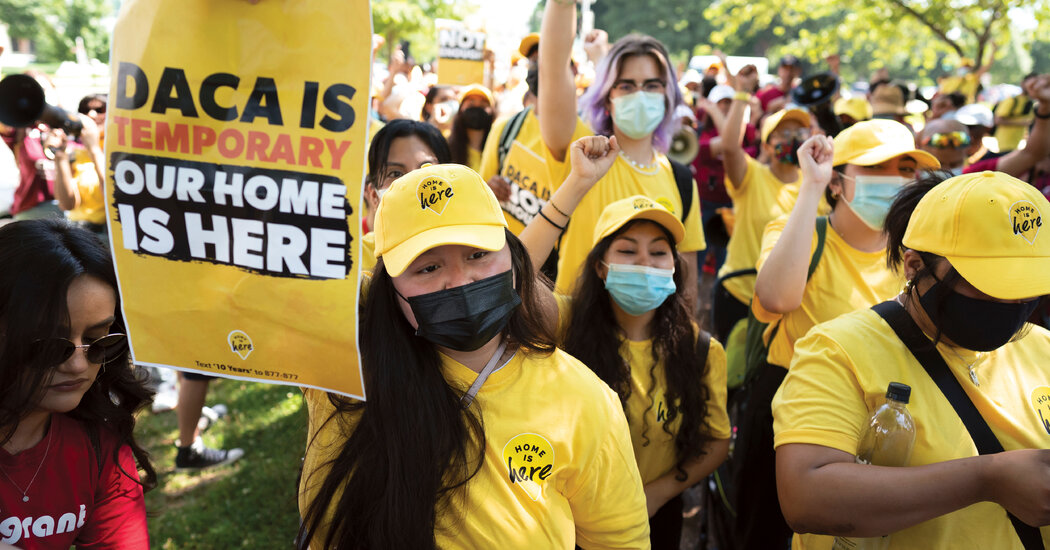It was 48 degrees at noon on Jan. 20, 2017, when Donald J. Trump was first sworn in as president at the Capitol. This time around, with a forecast high of only 23 degrees, he would have been taking the oath during one of the coldest inaugurations in decades.
Facing such frigid conditions, he announced on Friday the ceremony would be moved indoors.
The last time a presidential inauguration was held indoors, it was for Ronald Reagan’s second on Jan. 21, 1985. The parade that day was also canceled because of the bitter cold. (“This shivering city reacted with relief tonight to the announcement that the inaugural parade had been canceled,” The New York Times declared at the time.)
According to records from the National Weather Service, the temperature at noon that day was only 7 degrees, the morning low was 4 degrees below zero, and the daytime high was only 17. Wind chill temperatures that afternoon were 10 to 20 degrees below zero.
The conditions anticipated for this year, as arctic air moves across much of the United States in the next few days, are not quite so brutal. Nevertheless, temperatures in Washington will begin to plummet on Sunday, and wind gusts of up to 30 miles per hour are expected to sweep through the National Mall on Monday. There is a moderate likelihood of some snow in the city on Sunday.
And with temperatures already below freezing, the wind will make the open space in front of the Capitol feel much colder, said Jeremy Geiger, a forecaster at the Weather Service office in Sterling, Va. The wind chill is forecast to reach 5 degrees in the city early Monday morning.
It was a sunny but bitterly cold 28 degrees when Barack Obama was sworn in as president on Jan. 20, 2009, one of the coldest inaugurations of the modern era.
Until the 1930s, most presidential inaugurations were held on March 4, but even that late-winter day could be bitterly cold. It was 16 degrees and windy in 1873 when President Ulysses S. Grant was sworn in for his second term.
Sometimes the cold weather’s place in inaugural history isn’t the result of a record temperature. The 1841 swearing-in of William Henry Harrison was held on March 4, with an overcast sky, blustery winds and an estimated noon temperature of 48 degrees.
His speech, the longest in presidential history, lasted an hour and 40 minutes, and he delivered it without a hat or an overcoat. He was dead a month later, of what has long been thought to have been a case of pneumonia that he developed that day. (In 2014, researchers advanced a theory that Harrison’s death was not solely the result of the weather on his inauguration, but instead may have been caused by typhoid fever he contracted because of Washington’s unclean water supply at the time.)



Leave a Comment